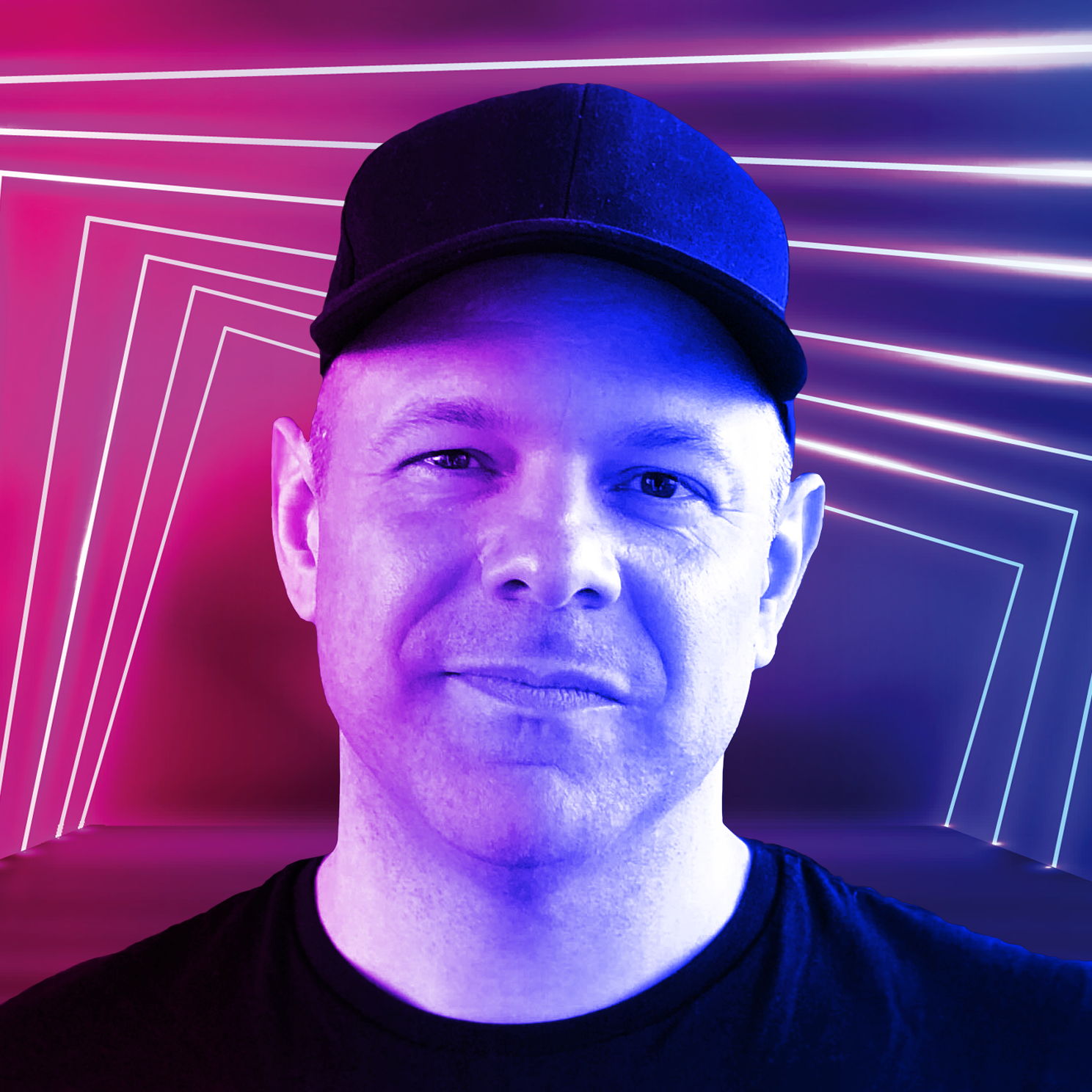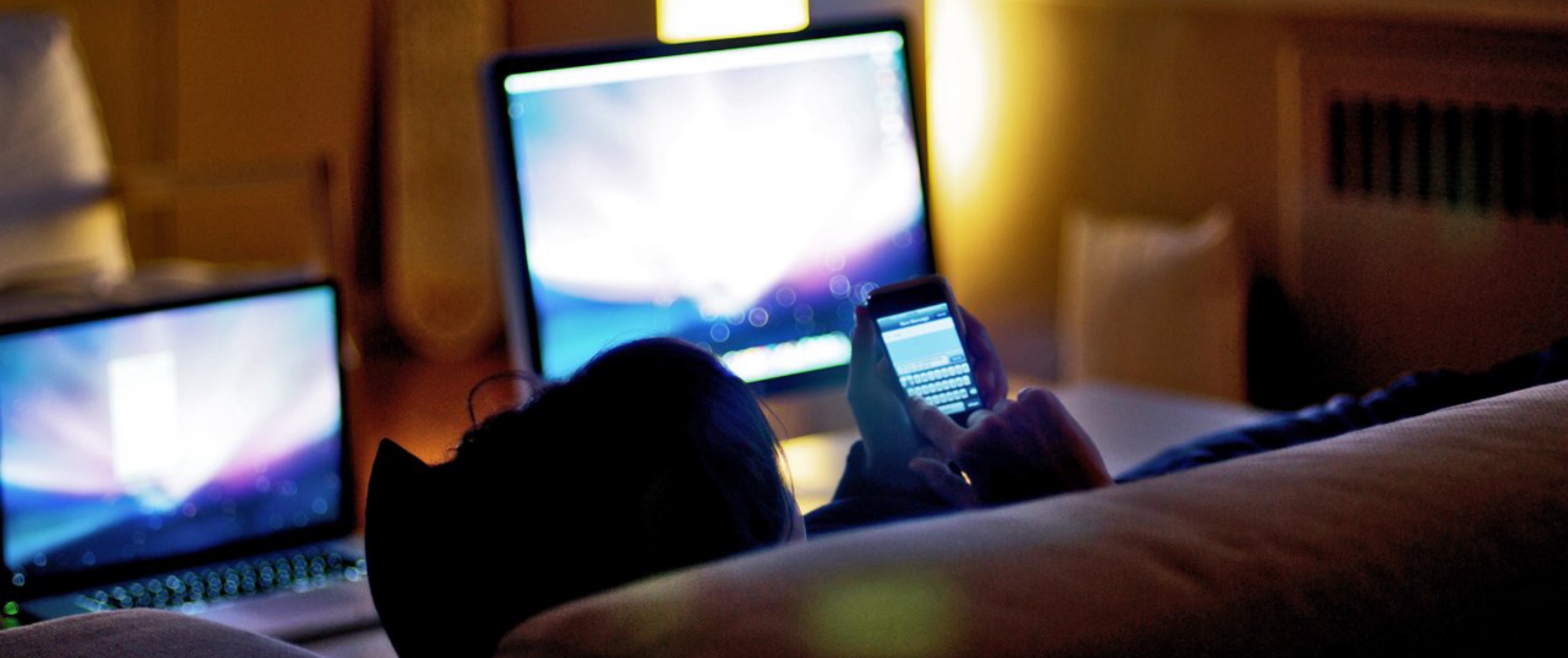We are overwhelmed. Bombarded. Stunned. Overexposed. Every X amount of days, something new grabs the attention of all the people who, in one way or another, work in or is related to emerging technologies and/or new media (communicators, advertisers, economists, technologists, researchers, journalists, and a long etc.) in a furious and apparently unstoppable manner.
Suddenly, everything should be absorbed as soon as possible. Voice assistants are already there waiting to hear what we need to say and ask for; emerging or alternative social networks that promise to deliver a different user experience to the one we get from the more “mainstream” platforms. Augmented reality experiences in the form of stickers or filters we can use with just a mobile phone in our hands; chatbots that can learn and evolve thanks to the conversations they can have with us; and if you don’t check Twitter, Instagram or Snapchat every ten minutes you will cease being relevant: wait a minutes guys, please, let’s just stop for a moment, let’s take a breath and think a bit about what we are doing, and most importantly, why.
Back in the early 60s, the American sociologist Everett Rogers coined the term early adopter, when he developed his Theory of the Innovations and the different categories of individuals in relation to those innovations. That’s where the group mentioned in the first paragraph is, exposed and ready to use with fruition each new thing that incipiently appears in the market. That’s where the manic disorder starts. The mania of being connected to everything, in most of the cases, all the time.
Laptops, smartphones, smartwatches, voice devices, smart TVs and other gadgets give us the chance of a 24/7 connection and the exposure to the collective and primal reaction of gotta have it, I don’t know what for, but we’ll figure out. And suddenly we find ourselves sometimes voluntarily and other times involuntarily, managing profiles, user names and passwords that have a direct or indirect influence on our lives, both at professional and personal levels.
And we use time, that is limited, as if it were unlimited. Paradoxically, we believe that many of these tools will allow us to administrate and take better advantage of time. Is that true? Do we really have to adopt each new thing attaching it to our routine in pursuit of having more and more access to potentially everything because one day it will be useful or beneficial for us? Aren’t we developing a kind of addiction and like every addiction it’s impossible to see it because we are inside it? (We are all acquainted with the statement “I use it when I want to and when I don’t to I can leave it. I’m in charge”, Huh?)
Maybe it’s because of what the neuroscientist Jaak Panksepp affirmed after studying all kinds of mammals and their emotions. He arrived to the conclusion that the act of searching (both in abstract and tangible terms) is the force that moves us to get out of bed, face the day and venture into the world. That force is fed by a neurotransmitter hormone called dopamine. In fact, the hormone is believed to influence our sense of time (time again, that abounds, or at least it seems to). Panksepp says that dopamine is activated by the need to search, of finding something unexpected or by the expectation triggered by the new. Ring a bell? Have you ever sat in front of the Web without a plan but expecting to see something new?
Here we are then. Overwhelmed. Bombarded. Stunned. Overexposed. Surely more than one of us is already suffering from Continuous Partial Attention syndrome, that unstoppable urge to check sources of information, sharing, distributing and awarding new meanings to it with the aim of assuring that nothing is escaping us, or at least almost nothing.
The syndrome appears in our leisure time, in a day of studies or at work (and no, being connected at all times to all those things is not working. I’m talking to you Mr. consultants and techno fetishist gurus and ninjas). So is fighting against this possible? Of course it is. You just need a little willpower and a little willingness not to pay attention to what they’ll say.
It’s all about making the decision to be an early “abandoner” (or whatever other name we decide on using). It’s leaving behind those things that we don’t need which make no contributions to our interests, occupations and lives. I’ve been away from Facebook for nine entire years and I didn’t miss anything. I could still contact those people I want to have some sort of contact with via the phone, WhatsApp, email, Twitter DMs, Instagram or many other options. And everything went well.
I tried “the new thing” many times, got bored and abandoned it, I didn’t want to insist. And I got out of other platforms as soon as I noticed it affected my patience with unnecessary notifications and posts I don’t really know and from whom I have no particular interest in or need to know their opinion on issues or subjects we don’t have in common either.
Years ago, I remember never adopting Delicious and I went through life recommending links to people who were interested via email, messaging tools or a simple face to face conversation. Of course, I use some tools and platforms that are very useful -at least for me- like Twitter, LinkedIn, or some other niche network, I enjoy music via Spotify and make use of several more of these toys, but not ALL of them. It’s just impossible, guys.
It’s not necessary to be overexposed for so long to so many and such different technological stimuli that one day we realise that our routines and ways of perceiving reality depend 100% on us living with them. We are not forced to adopt every brand new technology launched to the market. Being outside from it is not bad, it’s just going back to being a bit more ourselves.
So, adopters or abandoners? What do you think?


